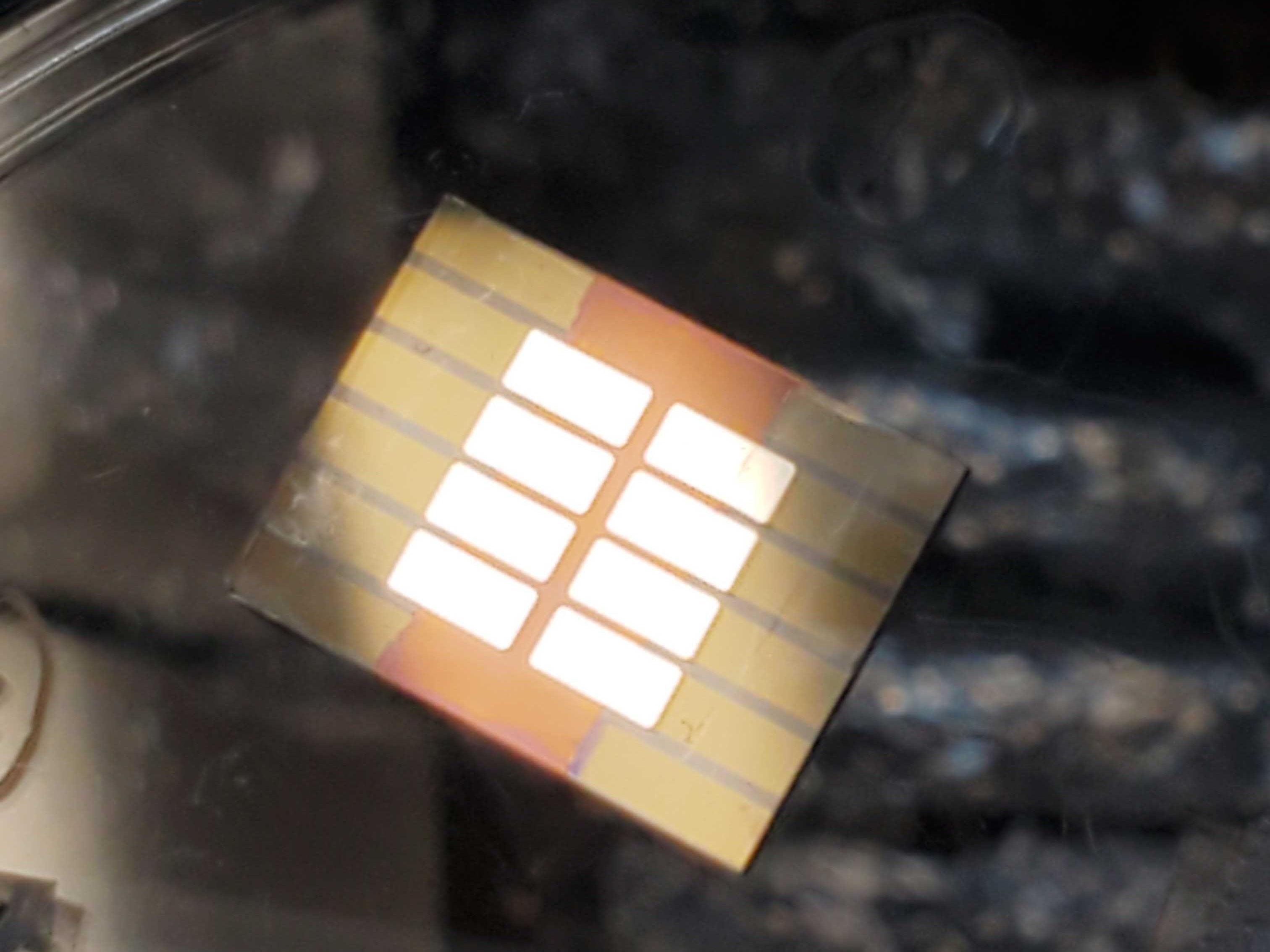
Lightweight as a window cling and replicable as a newspaper, organic solar cells are emerging as a viable solution for the nation’s growing energy demand.
Researchers at the University of Illinois Urbana-Champaign are the first to observe a biological property called chirality emerging in achiral conjugated polymers, which are used to design flexible solar cells. Their discovery could help enhance the cells’ charge capacity and increase access to affordable renewable energy.
DNA’s coiled architecture is recognizable to many as a helix...
Read More







Recent Comments